Complete guide to elephant ear plant care
Eye-catching and sculptural, an elephant ear plant is always a stylish addition to your home.
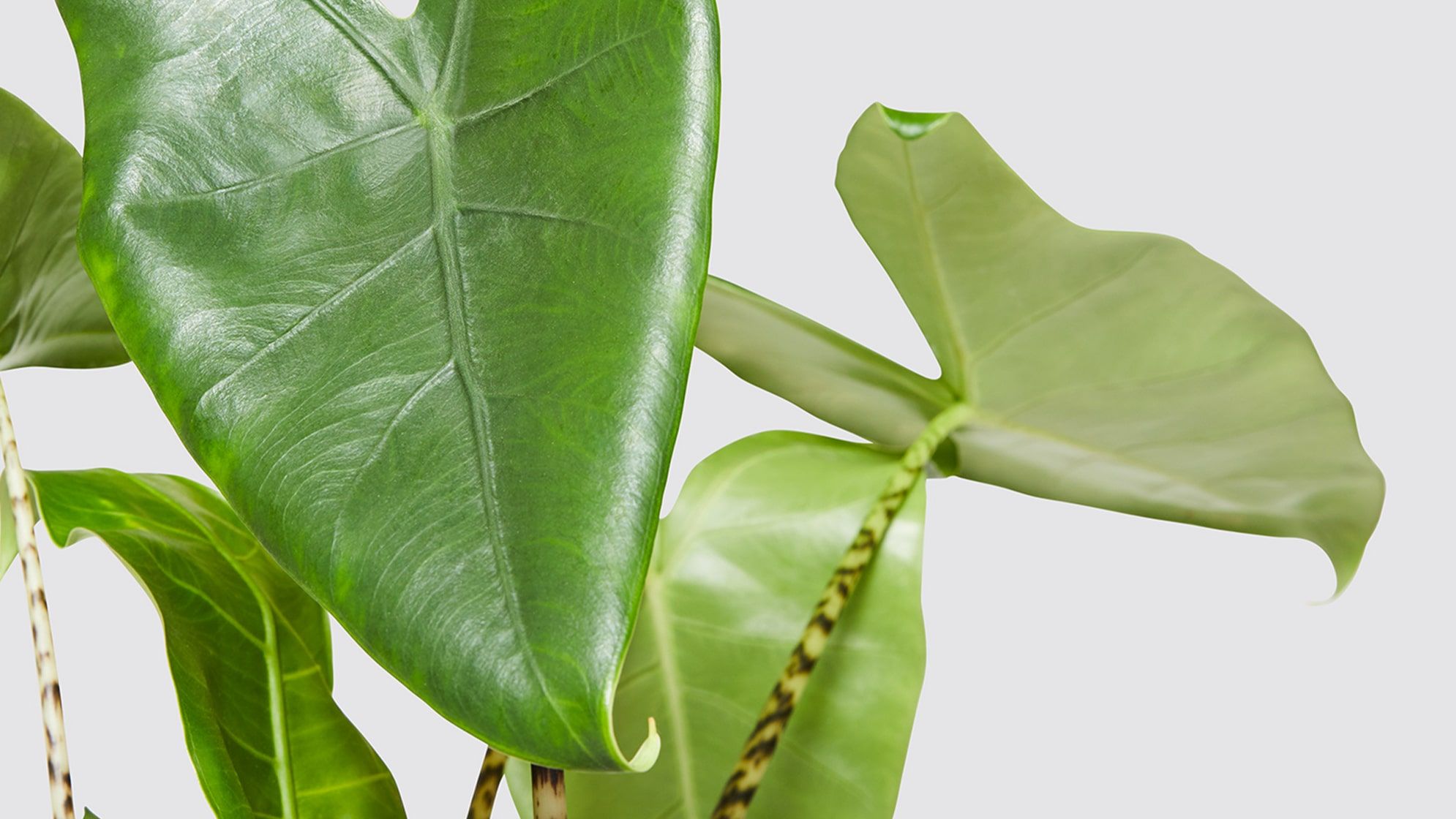
Elephant ear plants (also known as colocasia) are a popular and easy-to-care-for houseplant. They are known for their large foliage and tropical appearance. While they can be grown outdoors in warm climates, they are most often grown as houseplants. With proper care, elephant ear plants can thrive indoors for many years. Here's how to help yours thrive:
- Water when the top two inches of soil feel dry
- Place your elephant ear plant in bright room, they love bright indirect light
- Regular misting will keep the leaves healthy
About elephant ear plants
It’s pretty plain to see how the elephant ear plant got its name. Its great big leaves are the exact shape of, if not quite the size of, elephant’s ears. It’s found in the wild in Brazil, where it grows at the base of much larger trees. The large leaves help it make the most of all the available sunlight and also mean it can capture as much rain as possible. Our herd of elephant plants includes Dora the upright elephant ear plant and Elise the alocasia macrorrhizos or giant elephant ear plant.
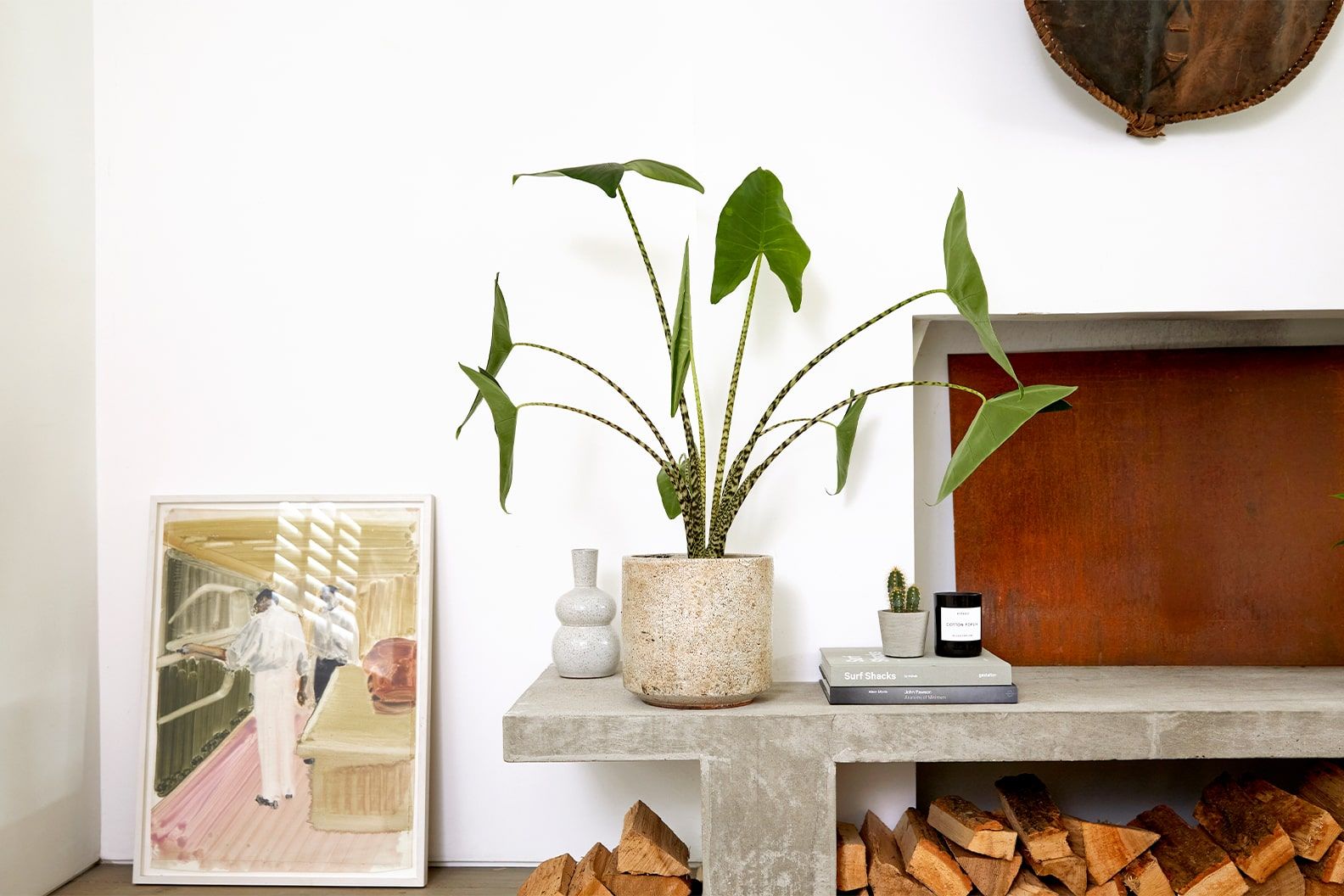
How much light does my elephant ear plant need?
Elephant ear plants need a lot of bright indirect light. A spot near a south- or east-facing window is ideal. If the plant is not getting enough light, the leaves will become pale and limp.
How often should I water my elephant ear plant?
Water your elephant ear plant thoroughly, then allow the top few inches of the soil to dry out before watering again. If the soil is too dry, the leaves will start to droop. Overwatering can cause root rot, so be sure to check the soil moisture before watering.
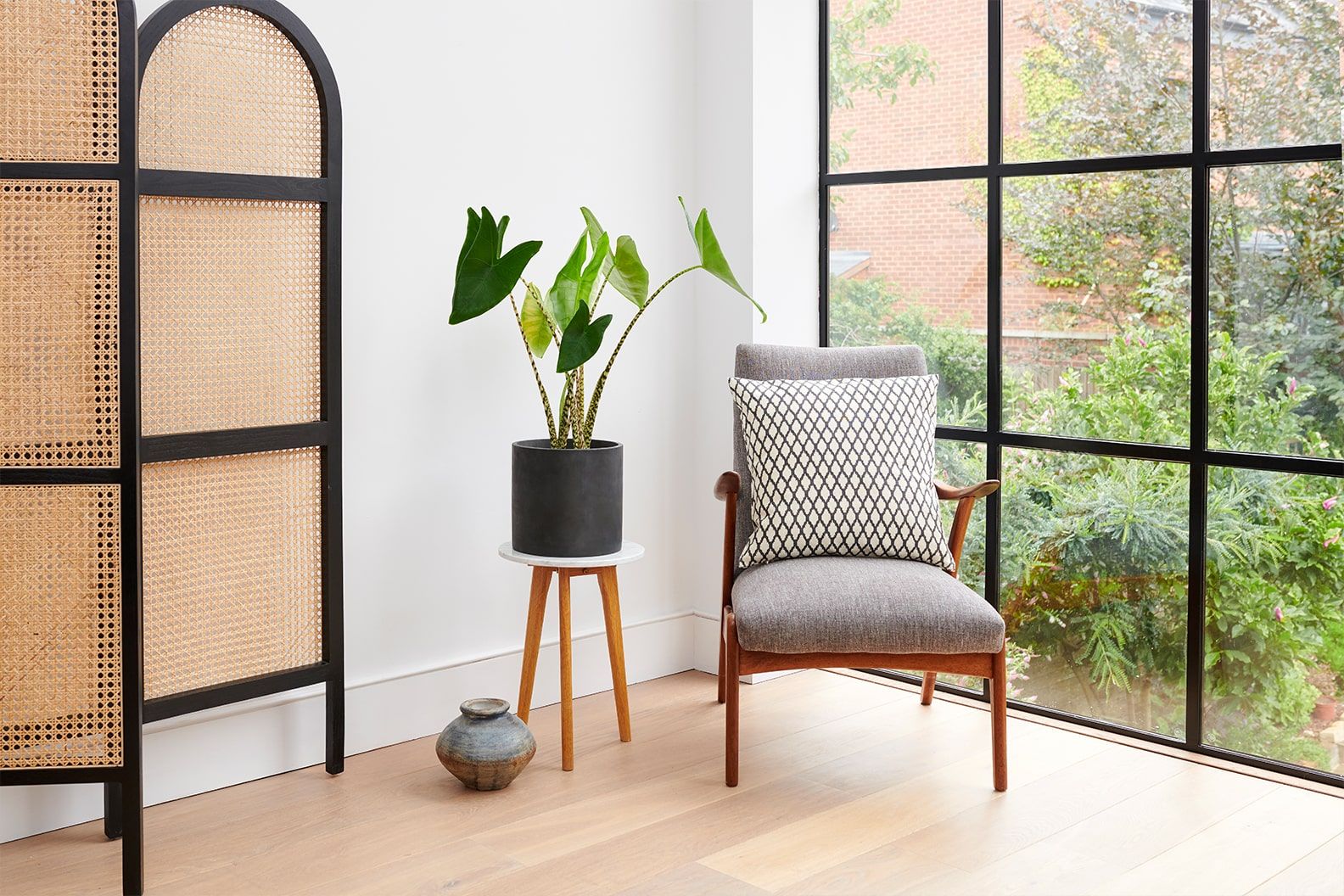
What's the best temperature and humidity for my elephant ear plant?
Elephant ear plants prefer warm temperatures between 18-29°C. They also need high humidity, so it's a good idea to mist the leaves once or twice a week. You can also place a humidifier near the plant to increase the humidity or keep them in a naturally humid place like a bright kitchen or bathroom.
Should I fertilise my elephant ear plant?
Feed your elephant ear plant with a balanced liquid fertiliser every two weeks during the growing season (spring and summer) to encourage new growth. You don't need to worry about fertilising during the winter months.
Do I need to prune my elephant ear plant?
You can prune your elephant ear plant to keep it looking neat and healthy. Cut off any yellow or brown leaves and trim back any overgrown stems.
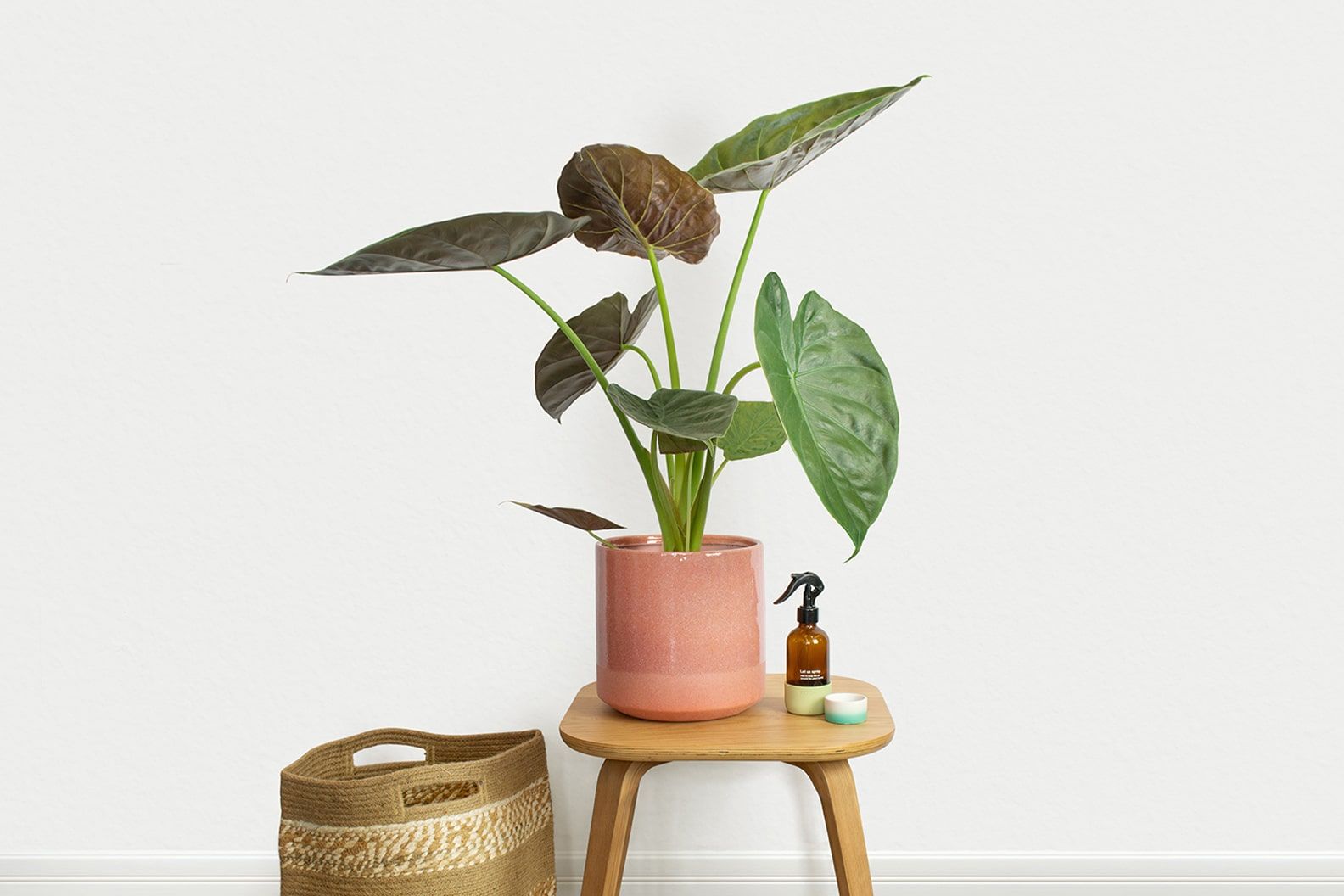
When should I repot my elephant ear plant?
Re-pot your elephant ear plant every two to three years, or when the roots are crowded in the pot. When re-potting, use a pot that is one size larger than the current one and use a well-draining potting mix.
Common elephant ear plant problems
The good new is that most common problems with elephant ear plants are due to improper care. Give your plant the right amount of light, water, and humidity. If the leaves start to turn yellow or brown, this can be a sign of overwatering or underwatering. If the leaves start to droop, this can be a sign of too little light or too much water.
Rewild your inbox
Plant tips. Special offers. No spam.
You might like
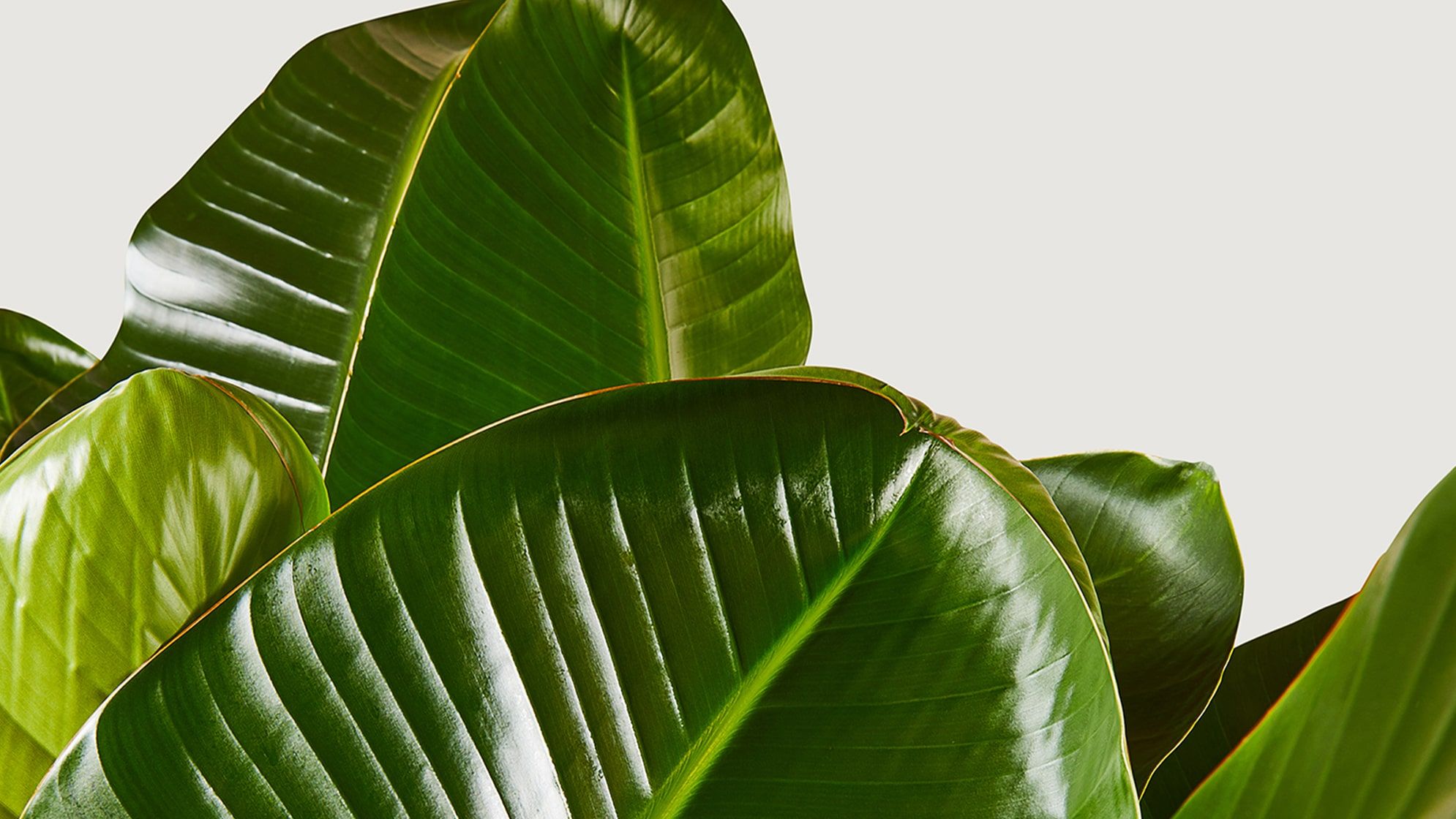
Complete guide to strelitzia nicolai care
Find paradise at home
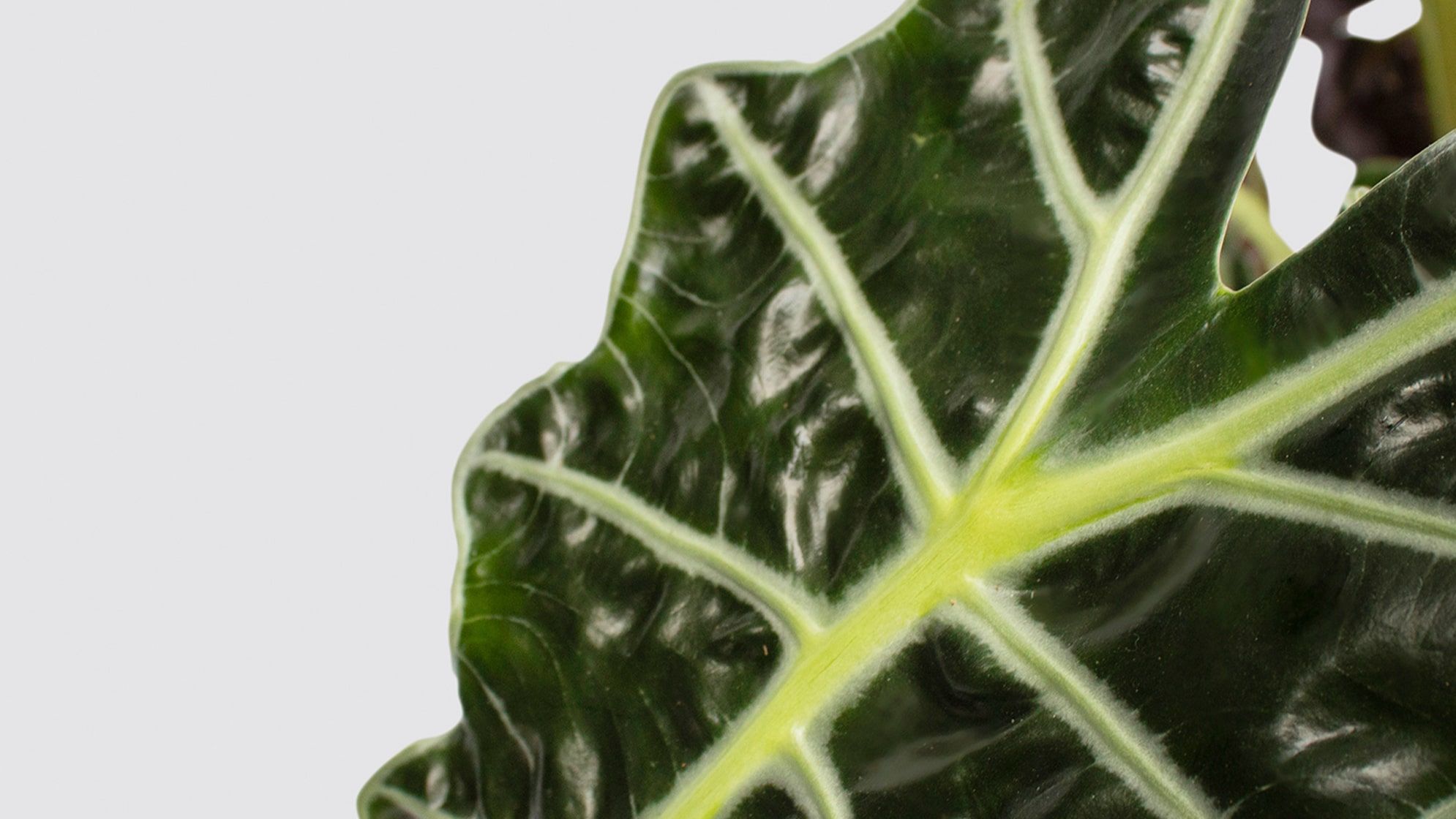
Complete guide to alocasia care
Exotic appeal and easy care
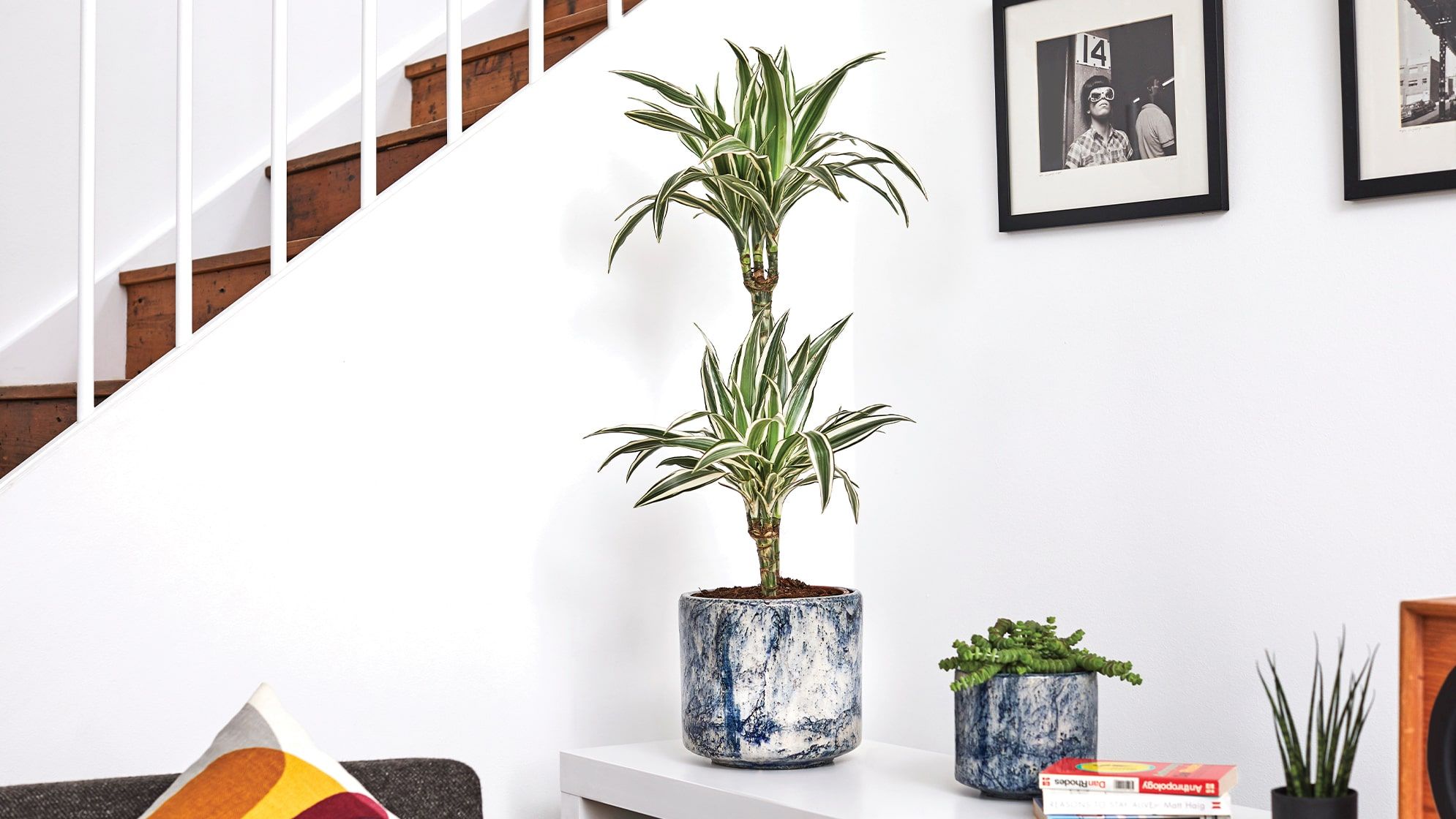
Big ideas for plants in small rooms
Because urban jungles come in all sizes
